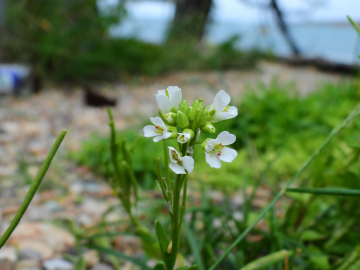Physicist and cosmic rays specialist Professor Shoji Torii
Waseda Research Institute for Science and Engineering
Director of WASEDA Institute for Space Science Observation System
Representative of CALET Project
Towards the future created by CALET
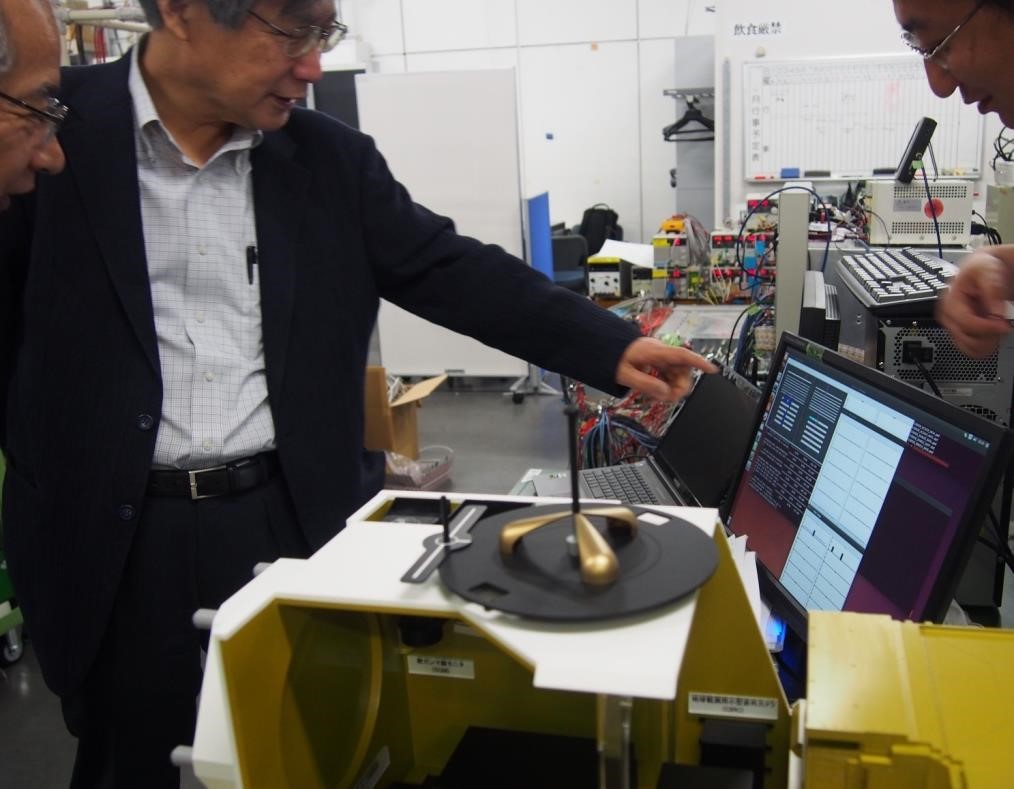
In August 2015, the Tanegashima Space Center launched the H-II Transfer Vehicle Kounotori 5. Kounotori is a spacecraft constructed to deliver necessary commodities such as water, food, and clothing as well as various devices and equipment to astronauts on the International Space Station (ISS). One of these devices is an experimental unit that is garnering worldwide attention. It is called the “CALorimetric Electron Telescope (CALET).” As CALET has launched into space and will soon begin conducting experiments, we took this opportunity to speak with Professor Shoji Torii from Waseda’s Research Institute for Science and Engineering to shed light on the CALET and its great potential.
(Interview Date: September 10, 2015)
CALET project
CALET is a development research project for observing cosmic rays on the extravehicular experimental platform of the International Space Station (ISS) Japanese Experiment Module. It is designed to systematically identify high-energy phenomena and detect dark matter in space.
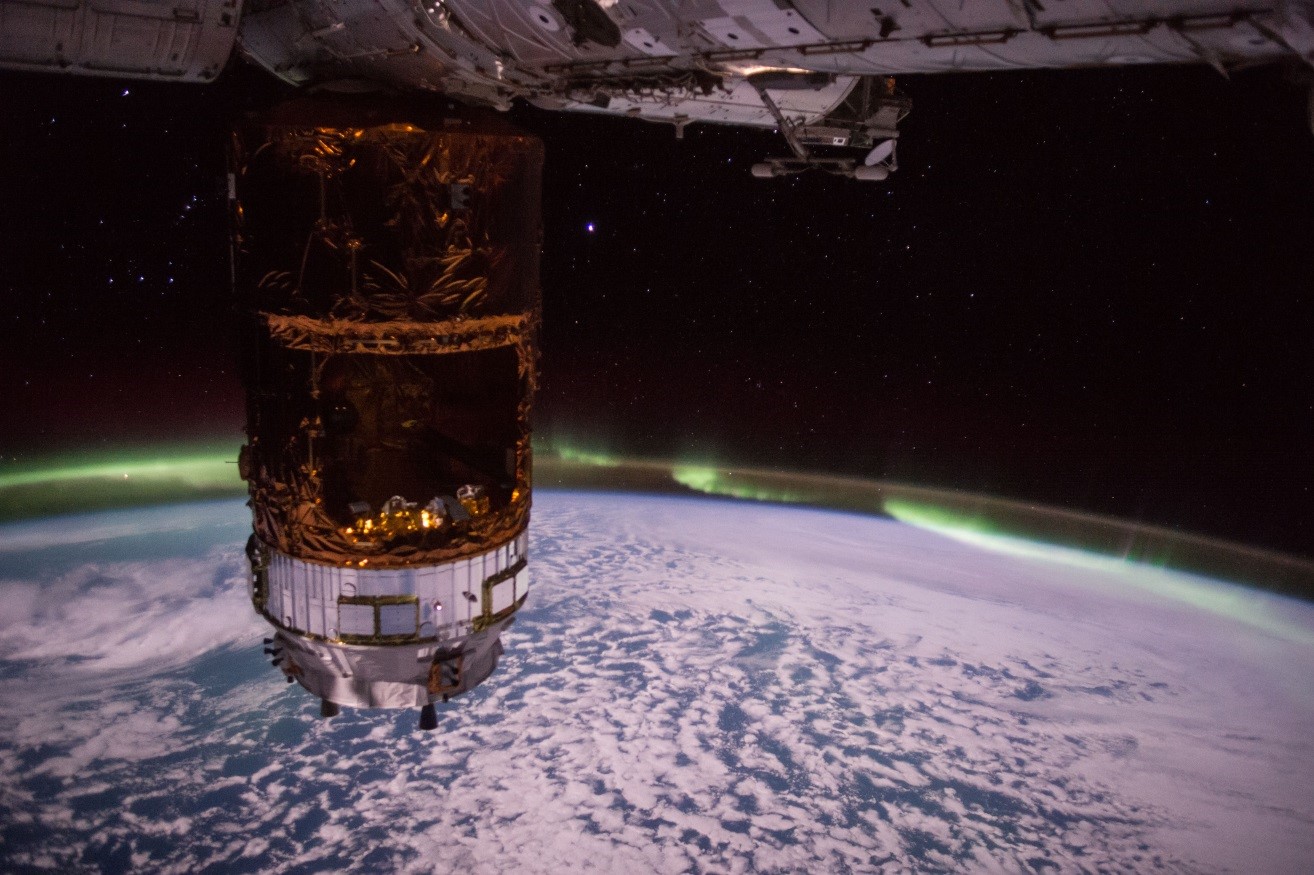
Kounotori 5 with the Earth in the background (Source: (C) Japan Aerospace Exploration Agency (JAXA))
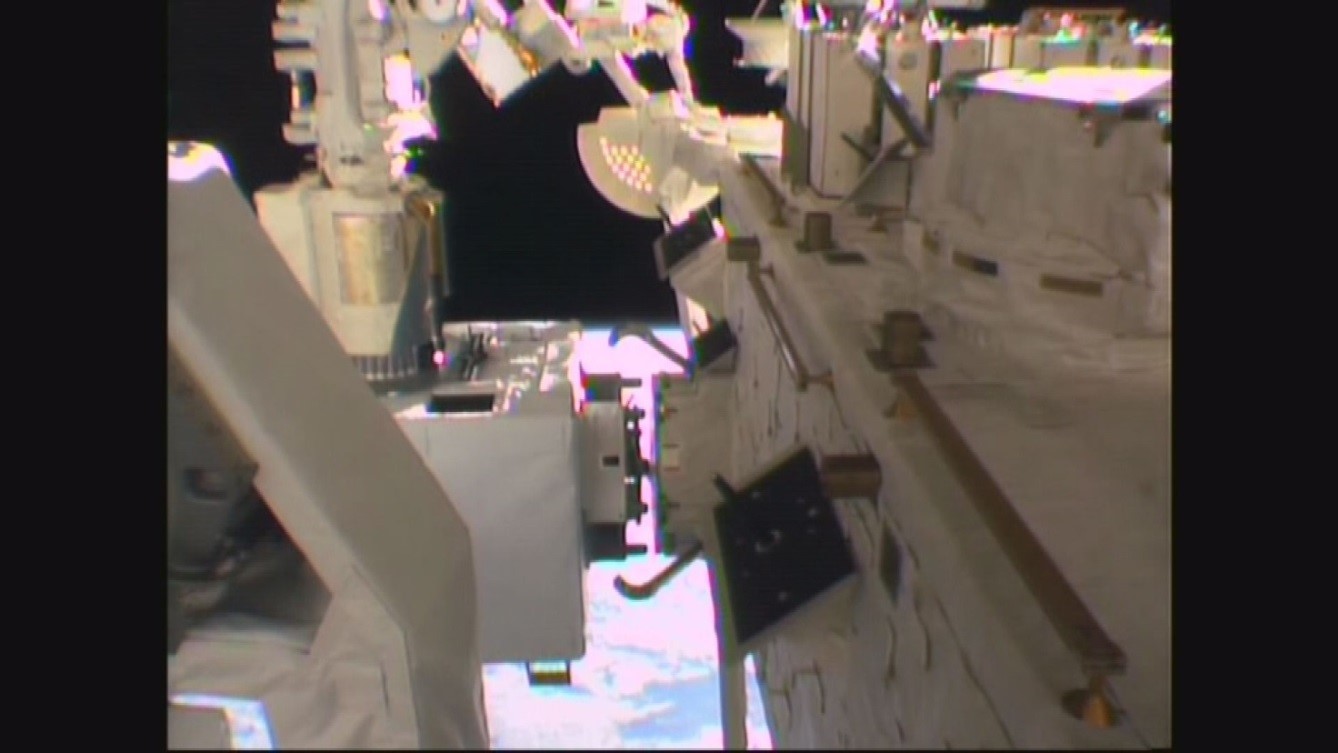
Relocation from the exposed palette of the CALorimetric Electron Telescope (CALET) to the extravehicular experimental platform (Source: (C) Japan Aerospace Exploration Agency (JAXA))
* CALET is in the right of the center.
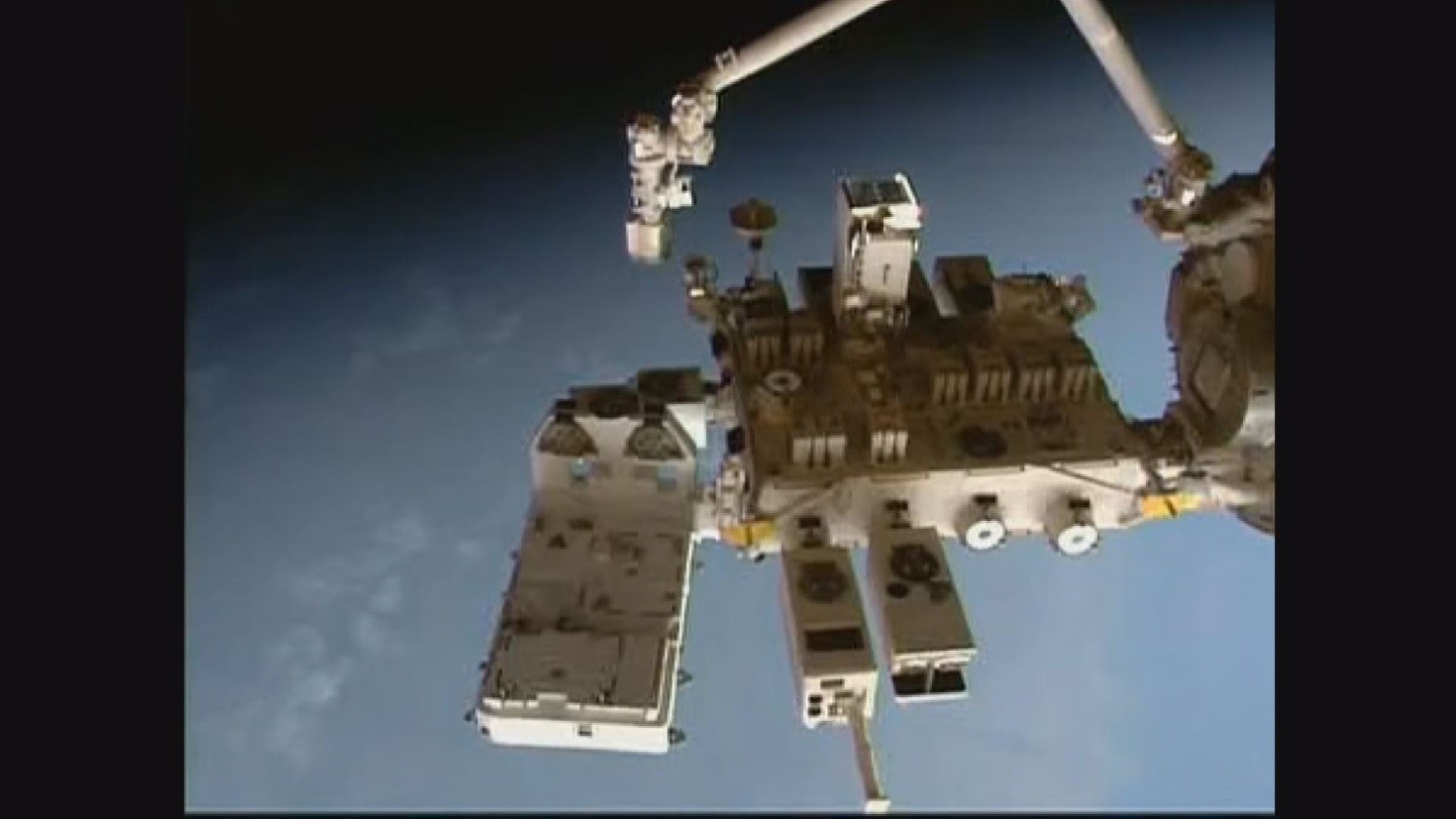
Relocation from the exposed palette of the CALorimetric Electron Telescope (CALET) to the extravehicular experimental platform (Source: (C) Japan Aerospace Exploration Agency (JAXA))
* CALET is in the right of the center.
Keeping an eye on all aspects of the project
The CALET project is a joint project between an international joint research team made up of multiple domestic and international universities and research institutes in Japan as well as the Japan Aerospace Exploration Agency (JAXA). Waseda University is the host institute of CALET and I am the project’s representative. While managing about 80 international joint research members at home and abroad, I had a variety of experiences that extend beyond the research itself.
Over the course of the project, our research team proposed what actions to take and what equipment would be necessary to JAXA. Another important responsibility of mine is securing the budget and deploying people efficiently.
Unlike with our own development, any equipment produced must be tested during its development. To that end, it is important to communicate with the examiner and the manufacturer. It is very difficult to assess CALET’s development, because it will be the first to perform observations of its kind. Another task of ours is to decide when development is complete. We must continuously analyze data into the future. In other words, it is necessary to keep an eye on every aspect from development to observation. The project is very tough and requires me to demonstrate my abilities to the fullest.
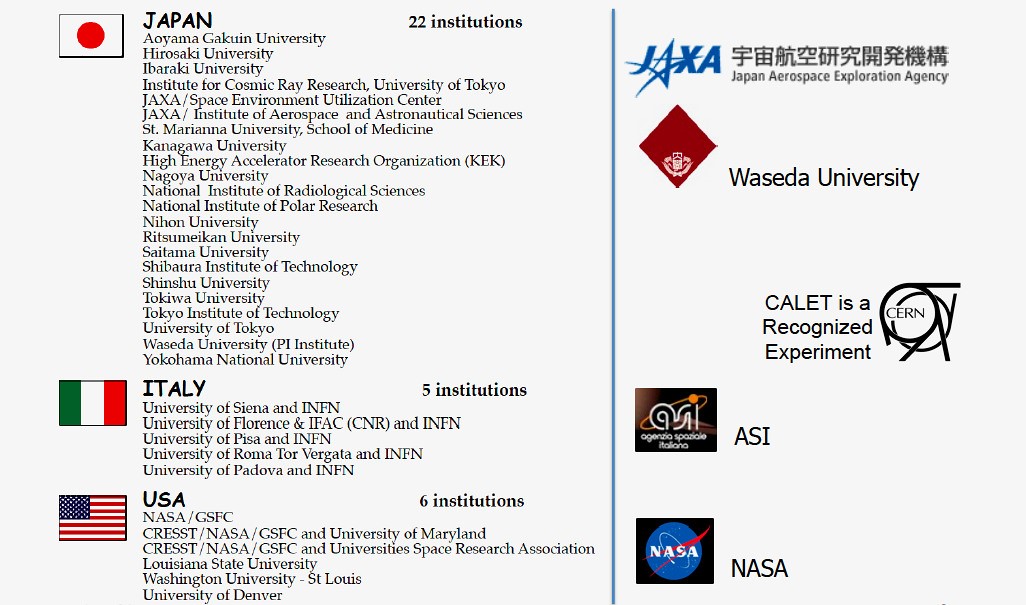
Participating institutions in the CALET project
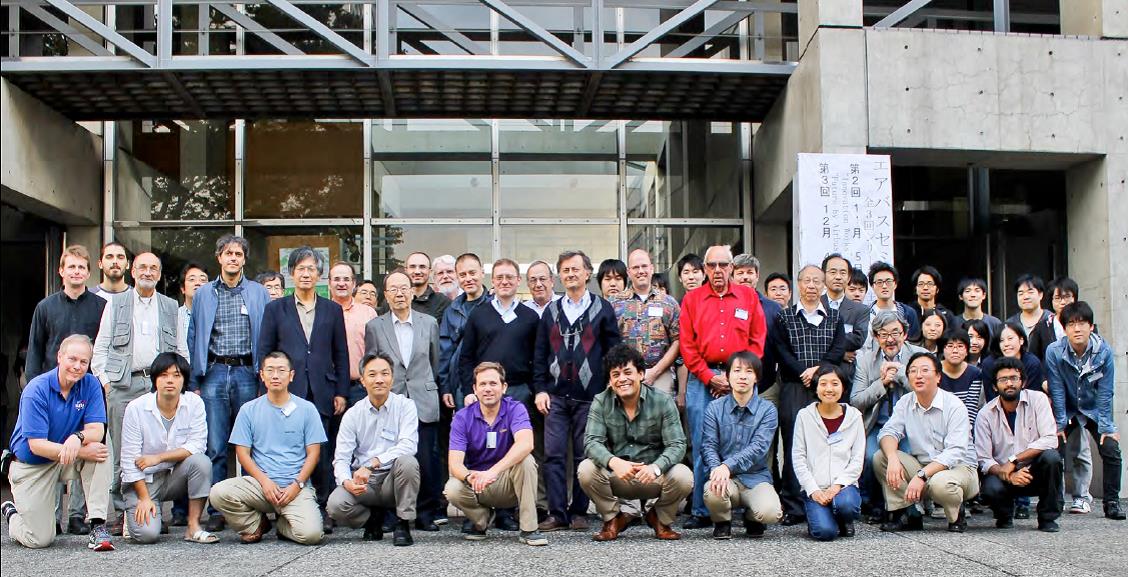
Since I was a child, I have always been fascinated with the mysteries of the universe – how the universe will come to an end, or how the universe came into existence. As a researcher, I am very happy to have had such an interest in the universe that has motivated me to participate in this project.
Until observation data is analyzed, we cannot be certain what results this research will bring. However, I am very excited to consider the possibility that the great mysteries of the universe will be solved.
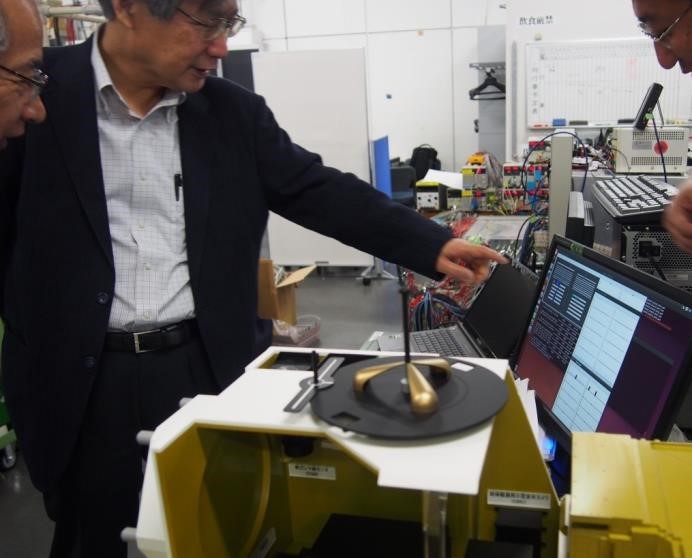
During the interview Professor Torii gives an in-depth explanation at Waseda University
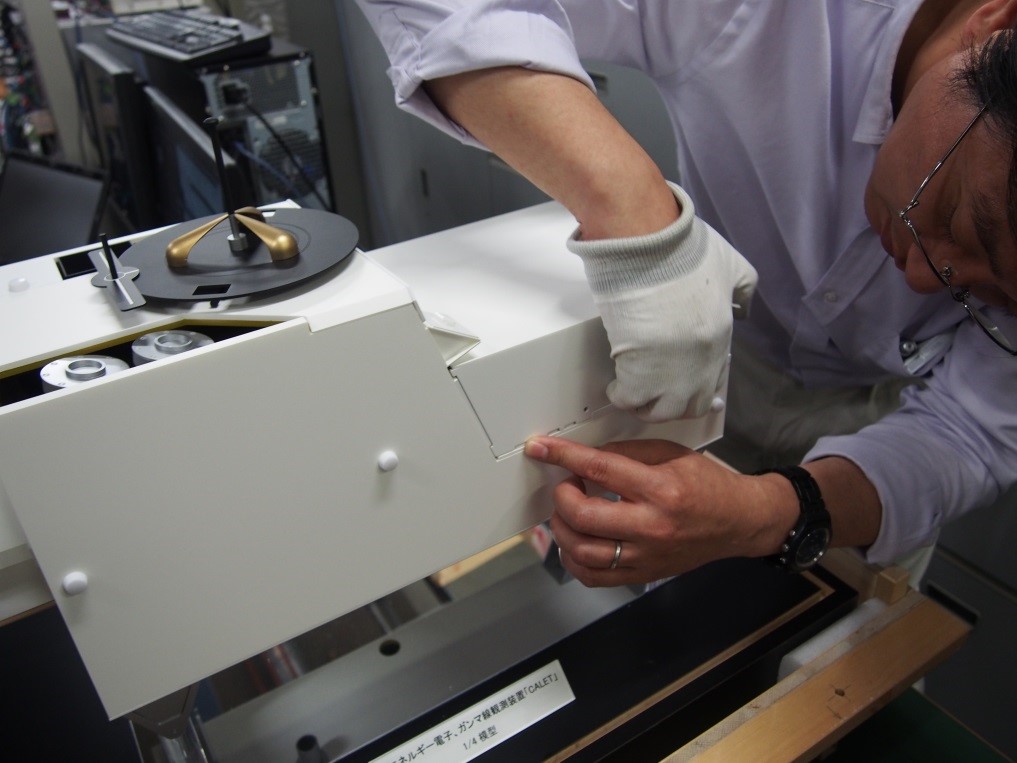
Researcher Ozawa explains the CALET model at Waseda University
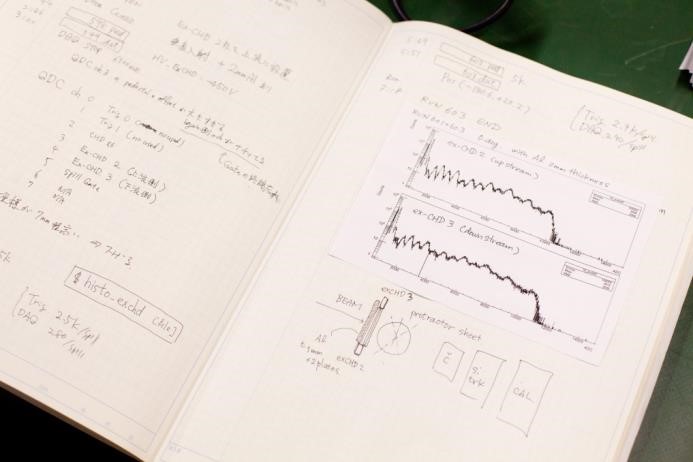
Carefully written experiment notes at Waseda University
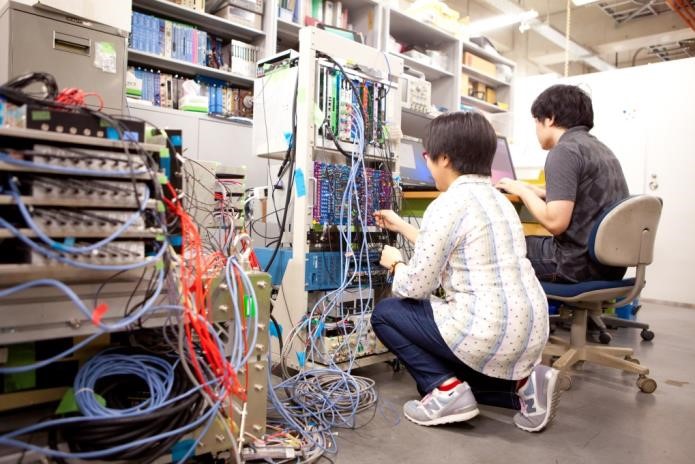
Researchers operate analysis equipment at Waseda University
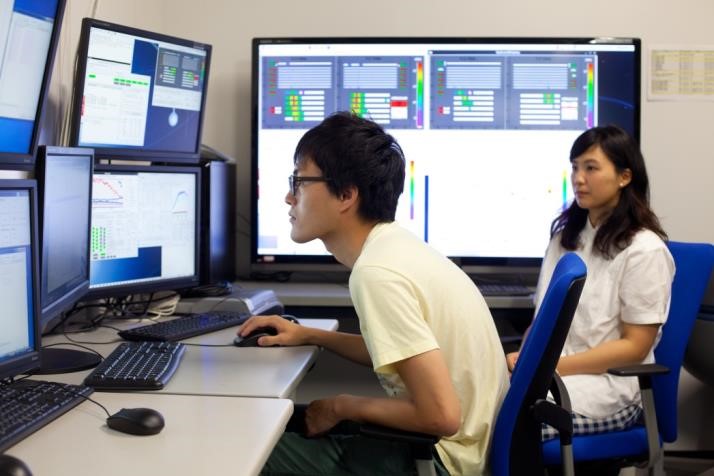
During analysis [1] at Waseda University
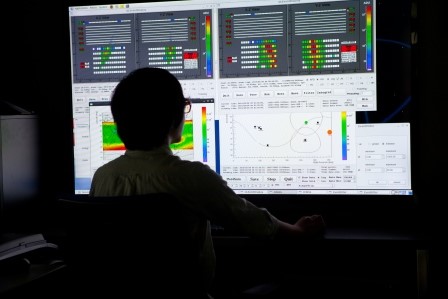
During analysis [2] at Waseda University
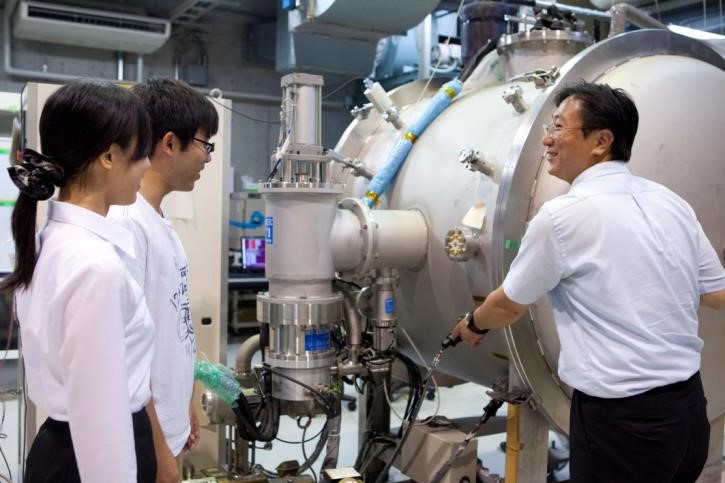
Researcher Ozawa gives an enthusiastic explanation of the equipment at Waseda University
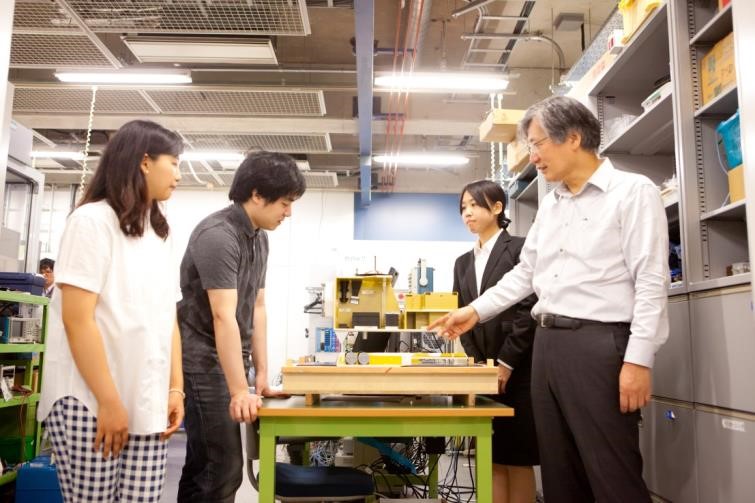
Professor Torii explains a model to students in the laboratory at Waseda University
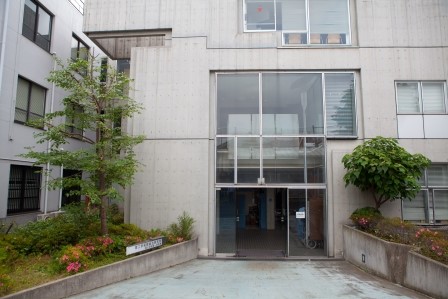
Kikuicho Campus of Waseda University, where Torii Laboratory is located
Profile
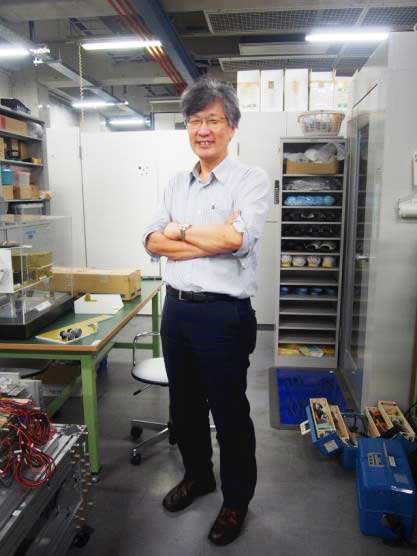
Professor Shoji Torii graduated from Kyoto University’s Faculty of Science in 1972. He completed the doctoral program at Kyoto University’s Graduate School of Science without a degree in 1997 and obtained a Doctorate of Science at Kyoto University in 1978. Torii became an incentive researcher at the Japan Society for the Promotion of Science (Institute for Cosmic Ray Research, the University of Tokyo) in 1977, a researcher at Tokyo University’s Institute for Cosmic Ray Research in 1979, and a research associate at Utah State University’s Faculty of Physics. Torii became an assistant, instructor, Associate Professor and Professor at Kanagawa University’s Faculty of Engineering in 1983. He became a Professor of Waseda University’s School of Science and Engineering in 2004. He currently serves as Professor at the Waseda Research Institute for Science and Engineering, Director of WASEDA Institute for Space Science Observation System, and representative of the CALET project. He is an expert on the physics of cosmic rays and was Commissioner of the Japan Physical Society (61st and 62nd periods).
Website/Video Site
Torii Laboratory, Waseda University Research Institute for Science and Engineering
CALET – CALorimetric Electron Telescope website
Video of CALET upon space station Kibo
Recent News
Japanese space research and development on International Space Station
Recent Research
- Observing Cosmic Rays in Space(The Centenary of the Discovery of Cosmic Rays)
- “Calet Mission for Exploring the High Energy Universie” – IEEJ Transactions on Fundamentals and Materials Vol.132 pp.603-608. (2012)
- An Excess of Cosmic Ray Positrons and Electrons May Confirm Dark Matter?
- For more, please refer to the following link: http://www.crlab.wise.sci.waseda.ac.jp/


